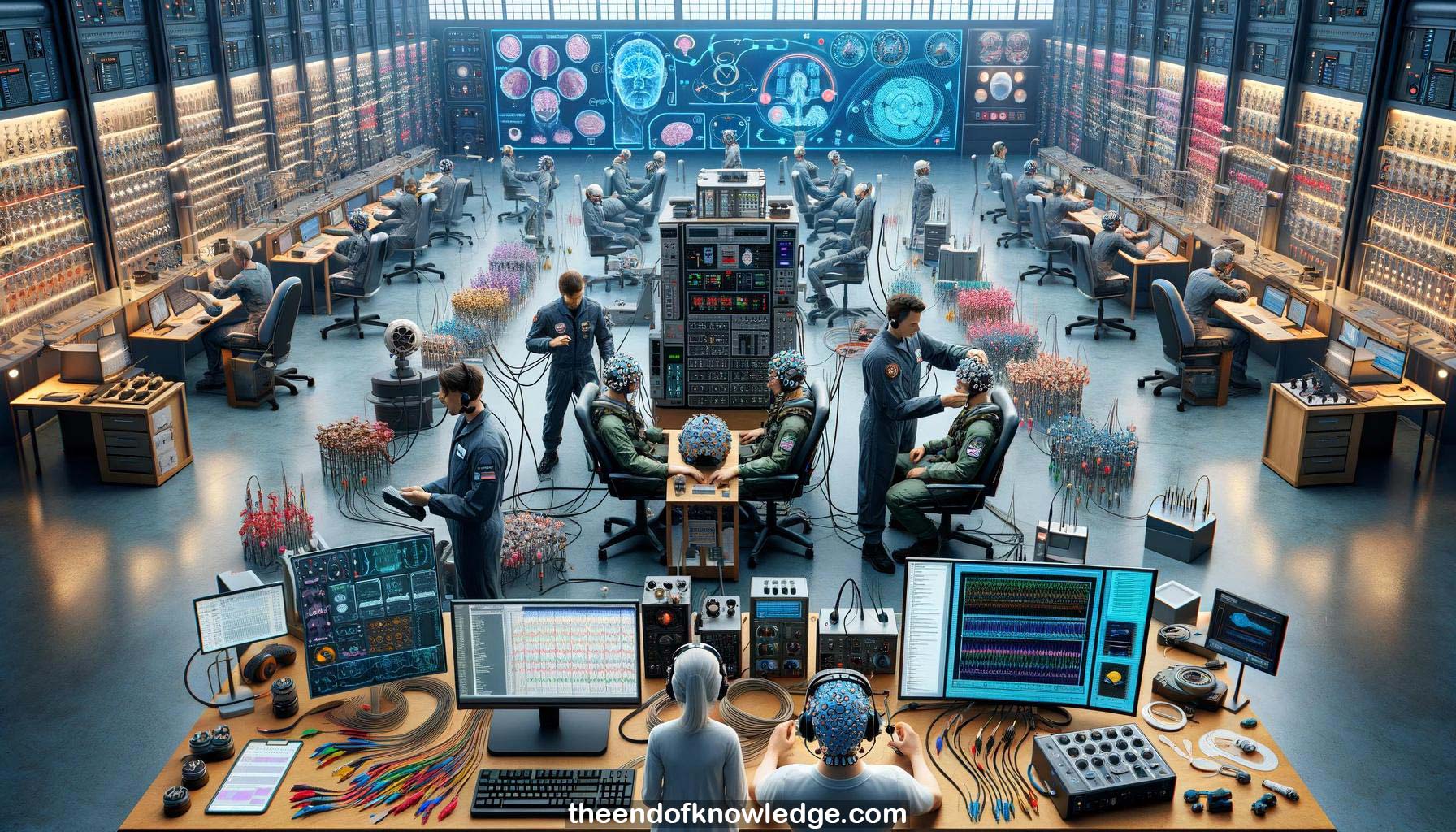 >
>
Concept Graph & Resume using Claude 3 Opus | Chat GPT4 | Llama 3:
Resume:
1.- Mika from g.tec demonstrates multi-system data acquisition, combining signals like EEG, ECG, and EMG from one or more subjects.
2.- Examples include monitoring brain synchronization between pilot and co-pilot, or driver and passenger responses to sudden events.
3.- g.tec offers flexible wireless and wired amplifiers that can be configured for different numbers of channels and signal types.
4.- The Nautilus wireless amplifier supports gel or dry electrodes and has acceleration sensors. It pairs with a receiver connected to the computer.
5.- High-end wired amplifiers like the g.USBamp support up to 256 channels. Multiple amplifiers can be combined for even higher channel counts.
6.- Biosignal acquisition can be combined with eye tracking, VR, fNIRS and more for a complete lab setup.
7.- MATLAB Simulink with g.tec's g.HIsys toolboxes is used for multi-device data acquisition. It supports up to 4 synchronized amplifiers.
8.- Mika demonstrates a 16-channel wireless dry electrode EEG cap, configuring settings like bandpass filters and viewing the live signals.
9.- Next he adds a wireless 16-channel amplifier, using 1 channel with ECG electrodes to record ECG simultaneously with the EEG.
10.- The g.Nautilus and g.Unicorn wireless amplifiers are then used together to record EEG, ECG and forearm EMG flexion signals simultaneously.
11.- Alternatives to direct multi-device acquisition include streaming data between computers using lab streaming layer (LSL) or UDP network protocols.
12.- The main difficulties in multi-device setups relate to hardware limitations, electrode mounting, and keeping sensors in place during movement.
13.- Gel electrodes provide more stable signals during movement, while dry electrodes enable faster setup times. The best choice depends on the experiment.
Knowledge Vault built byDavid Vivancos 2024